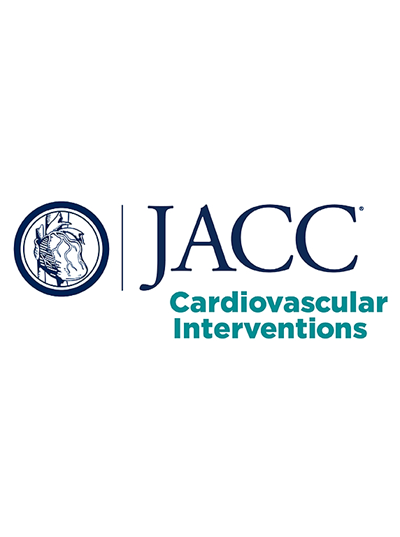Microvascular Resistance Reserve and Prognosis After Heart Transplantation
IF 11.7
1区 医学
Q1 CARDIAC & CARDIOVASCULAR SYSTEMS
引用次数: 0
Abstract
Background
Impaired microcirculatory function after heart transplantation is associated with increased risk for acute cellular rejection. Microvascular resistance reserve (MRR) is a novel index for assessing microcirculatory function, irrespective of epicardial coronary artery stenosis, but it has not been validated in transplanted hearts.
Objectives
The aim of this study was to investigate the prognostic impact of MRR in heart transplantation.
Methods
The present study prospectively enrolled 154 heart transplant recipients who underwent scheduled coronary angiography and invasive coronary physiological assessment 1 month after transplantation. Coronary microcirculatory dysfunction was defined as MRR ≤3.0. Elevated microcirculatory resistance was defined as an index of microcirculatory resistance ≥15. The presence of epicardial coronary stenosis was assessed by fractional flow reserve. The primary outcome was a composite of death or biopsy-proven acute cellular rejection of grade ≥ 2R after transplantation.
Results
Among the total patients, 22.1% (34 of 154) had impaired microcirculatory function (MRR ≤3.0), and 77.9% (122 of 154) had preserved microcirculatory function (MRR >3.0). During median follow-up of 730 days (Q1-Q3: 730-730 days), patients with MRR ≤3.0 showed increased risk for a composite of death or acute cellular rejection (adjusted HR: 5.31; 95% CI: 2.65-10.64; P < 0.001), acute cellular rejection (adjusted HR: 4.83; 95% CI: 2.20-10.60; P < 0.001), and death (adjusted HR: 5.19; 95% CI: 1.24-21.62; P = 0.024). MRR was significantly associated with increased risk for death or acute cellular rejection, regardless of epicardial coronary artery stenosis (HR adjusted for fractional flow reserve: 1.89 per 1-U decrease in MRR; 95% CI: 1.46-2.46; P < 0.001) or elevated microcirculatory resistance (HR adjusted for index of microcirculatory resistance: 1.90 per 1-U decrease in MRR; 95% CI: 1.43-2.52; P < 0.001).
Conclusions
Impaired microcirculatory function, determined by MRR early after heart transplantation, identified patients at high risk for death or acute cellular rejection, regardless of epicardial coronary artery stenosis or elevated microcirculatory resistance. (Physiologic Assessment of Microvascular Function in Heart Transplant Patients; NCT02798731)
求助全文
约1分钟内获得全文
求助全文
来源期刊

JACC. Cardiovascular interventions
CARDIAC & CARDIOVASCULAR SYSTEMS-
CiteScore
11.60
自引率
8.80%
发文量
756
审稿时长
4-8 weeks
期刊介绍:
JACC: Cardiovascular Interventions is a specialist journal launched by the Journal of the American College of Cardiology (JACC). It covers the entire field of interventional cardiovascular medicine, including cardiac, peripheral, and cerebrovascular interventions. The journal publishes studies that will impact the practice of interventional cardiovascular medicine, including clinical trials, experimental studies, and in-depth discussions by respected experts. To enhance visual understanding, the journal is published both in print and electronically, utilizing the latest technologies.
 求助内容:
求助内容: 应助结果提醒方式:
应助结果提醒方式:


